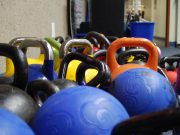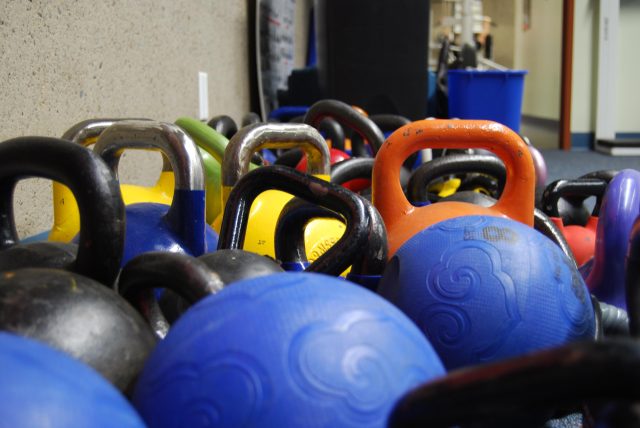In the pursuit of fitness, finding a versatile and effective workout tool can feel like discovering a hidden gem. Enter the kettlebell—a compact yet powerful piece of equipment that has been transforming full-body workouts for decades. Whether you’re a fitness novice or a seasoned athlete, kettlebells offer a dynamic range of exercises that can enhance strength, endurance, and flexibility. In this article, we’ll guide you through the essentials of using kettlebells, offering step-by-step instructions and expert tips to ensure you harness their full potential safely and effectively. Embrace this opportunity to invigorate your fitness routine, and let us support you on your journey to a healthier, stronger you.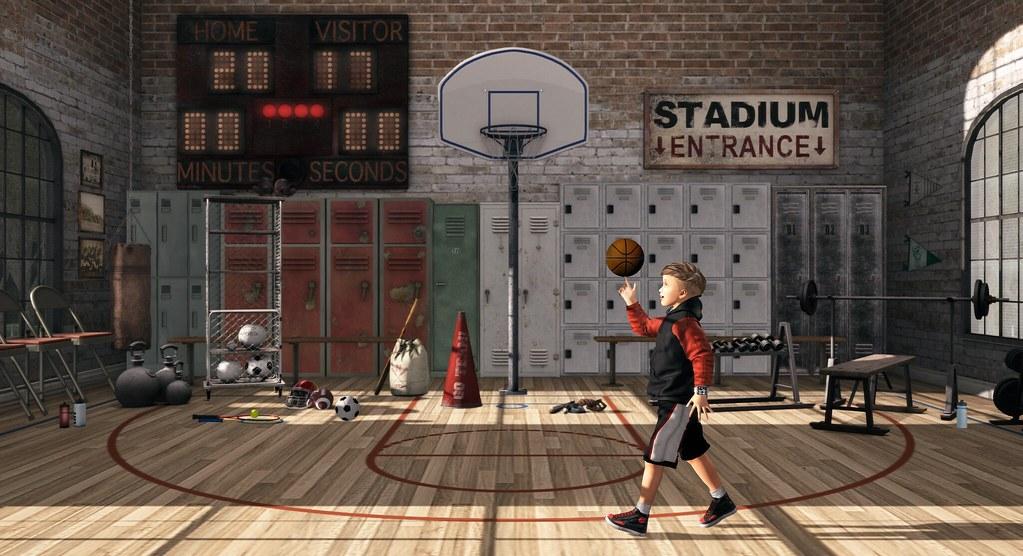
Selecting the Right Kettlebell Weight for Your Fitness Level
Choosing the appropriate kettlebell weight is crucial for maximizing your workout while minimizing the risk of injury. Start by assessing your current fitness level and goals. If you’re a beginner, you might want to start with a lighter weight to focus on mastering form and technique. A good rule of thumb is to select a weight that allows you to perform 8-10 repetitions with proper form.
- Beginners: Women: 8-12 kg (18-26 lbs), Men: 12-16 kg (26-35 lbs)
- Intermediate: Women: 12-16 kg (26-35 lbs), Men: 16-24 kg (35-53 lbs)
- Advanced: Women: 16-24 kg (35-53 lbs), Men: 24-32 kg (53-70 lbs)
Consider the specific exercises you plan to incorporate into your routine. For movements like swings or deadlifts, you may need a heavier kettlebell, whereas exercises such as presses or Turkish get-ups might require a lighter one. Always listen to your body and adjust accordingly, ensuring you can maintain proper form throughout each movement.
| Exercise | Recommended Weight |
|---|---|
| Swings | Heavier |
| Presses | Lighter |
| Turkish Get-Ups | Lighter |
| Deadlifts | Heavier |
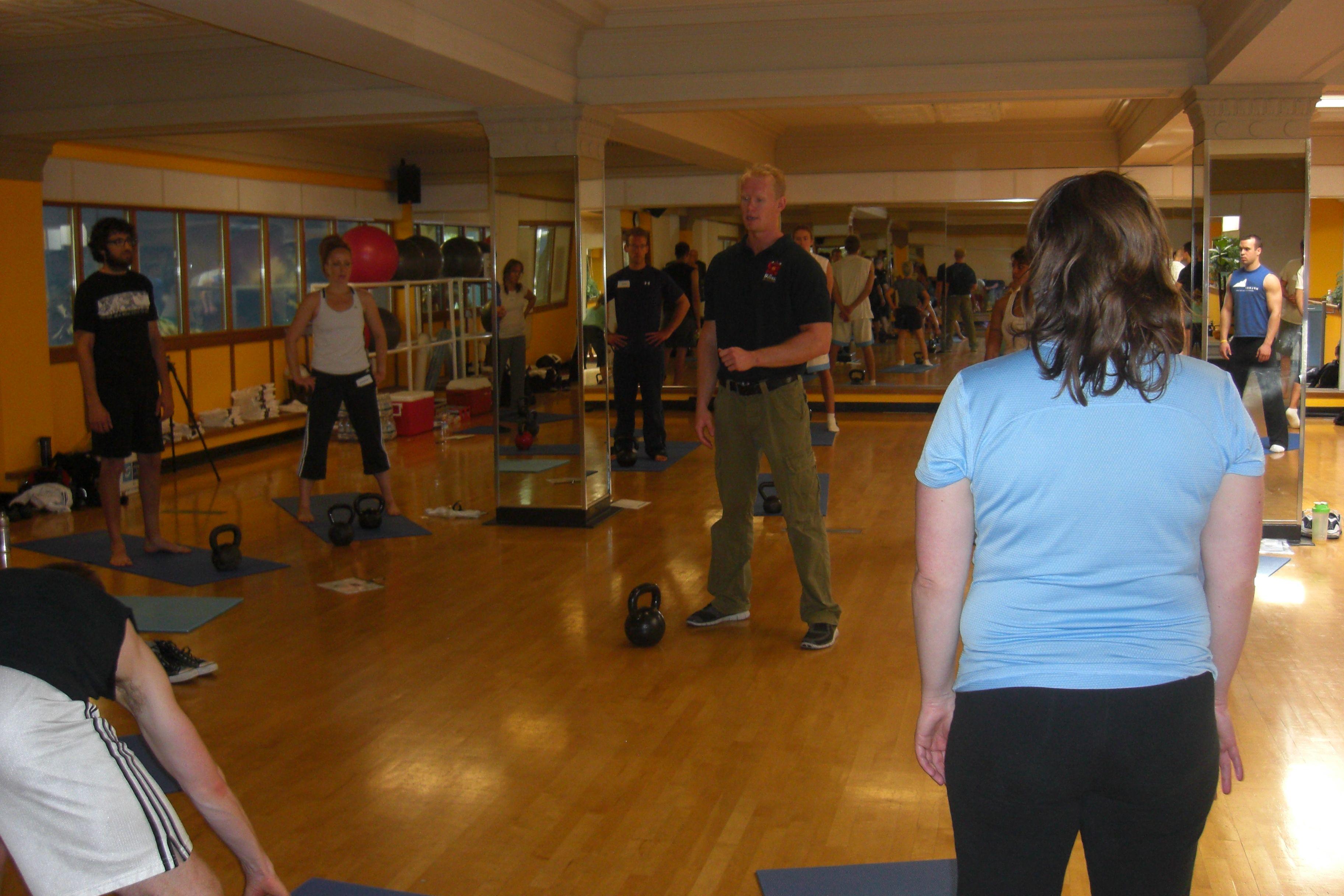
Mastering Basic Kettlebell Techniques for Safety and Efficiency
Before diving into the dynamic world of kettlebell workouts, it’s crucial to hone your foundational techniques to ensure both safety and effectiveness. The kettlebell, with its unique shape, requires a distinct approach compared to traditional weights. Start by focusing on the hip hinge movement, which is fundamental for exercises like the kettlebell swing. This technique involves bending at the hips while keeping your back straight, ensuring that the power is generated from your hips and glutes rather than your lower back.
- Grip: Hold the kettlebell handle with a firm but relaxed grip. Over-gripping can lead to fatigue and strain.
- Posture: Maintain a neutral spine, keeping your shoulders back and chest open.
- Breathing: Exhale forcefully at the peak of each movement to stabilize your core.
| Technique | Key Focus | Common Mistake |
|---|---|---|
| Hip Hinge | Engage glutes | Rounding the back |
| Grip | Firm but relaxed | Over-gripping |
| Breathing | Exhale on exertion | Holding breath |
As you practice these techniques, it’s important to start with a lighter weight to focus on form. Gradually increase the weight as you become more comfortable and confident in your movements. Remember, mastering these basics not only enhances your workout efficiency but also significantly reduces the risk of injury. Embrace patience and consistency as your trusted companions on this journey to a stronger, healthier you.
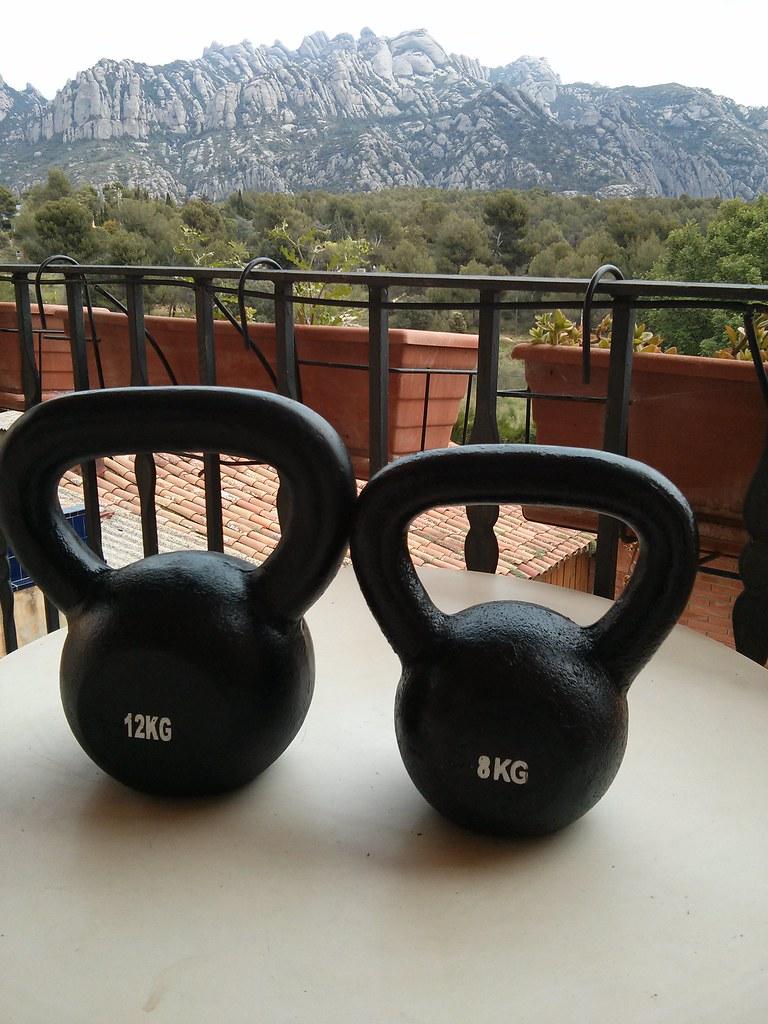
Incorporating Kettlebells into Your Weekly Workout Routine
Kettlebells are a versatile and dynamic addition to any fitness routine, offering a unique blend of strength, cardio, and flexibility training. To make the most of these powerful tools, consider incorporating them into different aspects of your weekly workouts. Begin by selecting the right weight for your fitness level, ensuring you can maintain proper form without risking injury. As you progress, gradually increase the weight to continue challenging your muscles.
- Warm-Up: Use lighter kettlebells for dynamic warm-up exercises like swings or halos to get your heart rate up and prepare your muscles for the workout.
- Strength Training: Incorporate exercises such as kettlebell deadlifts, goblet squats, and Turkish get-ups. These movements engage multiple muscle groups, providing a full-body workout.
- Cardio Sessions: High-intensity interval training (HIIT) with kettlebells can elevate your heart rate and burn calories effectively. Try a circuit of kettlebell swings, cleans, and snatches for a powerful cardio boost.
- Cool Down: Finish with kettlebell stretches like the windmill or a standing side bend to enhance flexibility and aid recovery.
| Exercise | Reps | Sets |
|---|---|---|
| Kettlebell Swing | 15 | 3 |
| Goblet Squat | 12 | 3 |
| Turkish Get-Up | 5 per side | 2 |
By integrating kettlebells into your routine, you not only diversify your workouts but also enhance overall strength and endurance. Remember to listen to your body, rest when needed, and enjoy the dynamic energy kettlebells bring to your fitness journey.
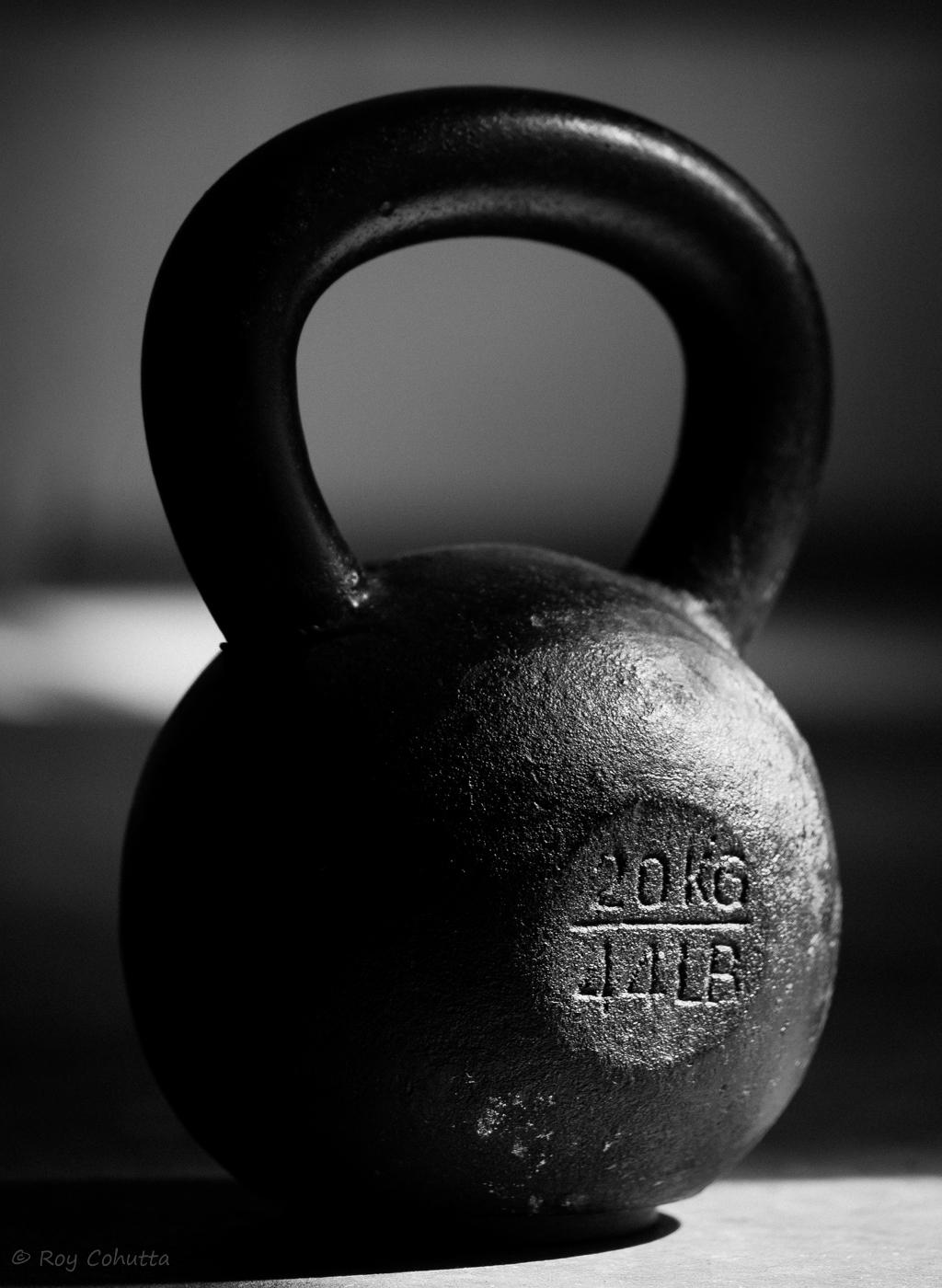
Tracking Your Progress and Staying Motivated with Kettlebell Workouts
Staying on track with your kettlebell workouts can sometimes be challenging, but there are several strategies to help you remain motivated and monitor your progress. Tracking your achievements is not just about numbers; it’s about recognizing the improvements in your strength, endurance, and overall well-being. Consider keeping a workout journal where you can jot down each session’s exercises, weights used, and how you felt during the workout. This can provide a tangible record of your journey and offer insights into what works best for you.
Another effective method is to set small, achievable goals. These could range from increasing the weight of your kettlebell, mastering a new technique, or simply committing to a certain number of workouts per week. Celebrate each milestone, no matter how minor it may seem, as this positive reinforcement can fuel your motivation. Remember, progress isn’t always linear, and that’s okay. It’s about the journey, not just the destination.
- Use apps or wearable tech to monitor your workouts.
- Join online communities or forums for support and advice.
- Switch up your routine to keep things fresh and exciting.
| Week | Goal | Achievement |
|---|---|---|
| 1 | Master basic swings | Completed 3 sessions |
| 2 | Increase weight by 2kg | Increased by 1kg |
| 3 | Learn Turkish get-up | Practiced with light weights |

